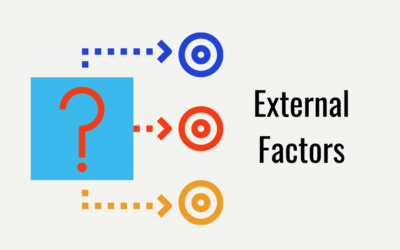Reduce time spent on forecasting by 50%
How can you reduce the time spent creating forecasts by 50%? That is the average result seen by iERP customers compared to their traditional processes.
In this article, we will discuss the differences that make this saving possible.
3 Key Changes
We are able to achieve these results with three key differences when compared to the processes being maintained by many companies today.
These three differences are:
A standardised methodology for all locations and all variables
Data submitted in pre-scheduled periods
Standardised exports removing the need for excel.
Standardised methodology
With traditional forecasting, a standard methodology is almost impossible due to the range of variables that can impact the results and how different people view their impact to a greater or lesser extent.
iERP has resolved this issue through our use of artificial intelligence and machine learning. Our platform analyses historical data and external variables before matching the data automatically to one of 50 algorithms to determine the most accurate result.
The platform constantly learns and adjusts the algorithm as more information becomes available. The result is the subjectivity is removed and a standard methodology delivered.
This constant adjustment may mean that the forecast uses a different algorithm month over month but it allows for the most accurate forecast as variables change.
For accuracy, iERP customers see forecasts that are up to 98% accurate and continue to improve.
Data on schedule
Once the data has been formatted it is scheduled for submission to iERP on a pre-defined basis. The result is a regular supply of correctly formatted data directly into the iERP system.
Standardised exports
The exports from iERP are a standard set of metrics as defined by the customer. This means there is no excel spreadsheet preparation and no additional work to be done. The entire process is handled by the iERP platform.
Formatted data is submitted and structured data is exported to form your forecast.
The Results
The results from these three changes to traditional forecasting have been an average 50% reduction in time taken to produce forecasts when compared to pre iERP implementation.
In addition, the artificial intelligence and machine learning of iERP has achieved over 98% accurate forecasting and continues to improve above this baseline over time.
Further benefits of iERP are an 8% increase in profits and freeing over £1 million of capital from unnecessary stock.



